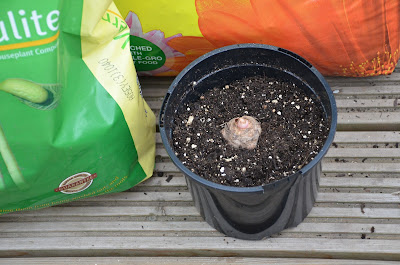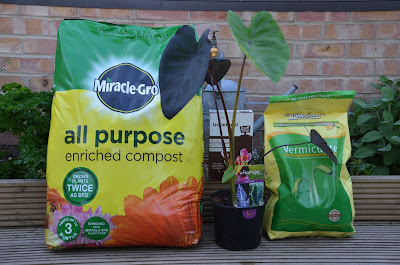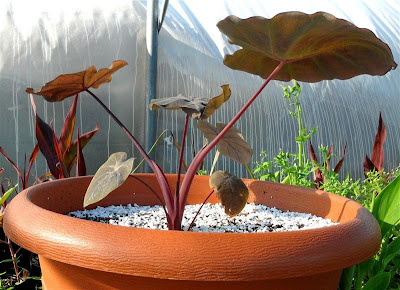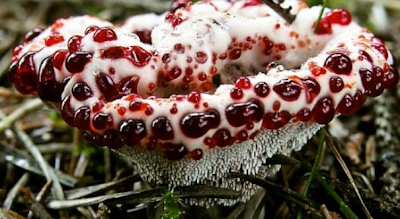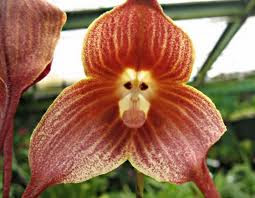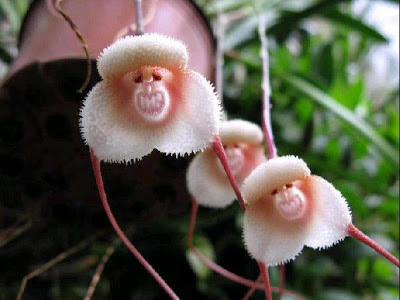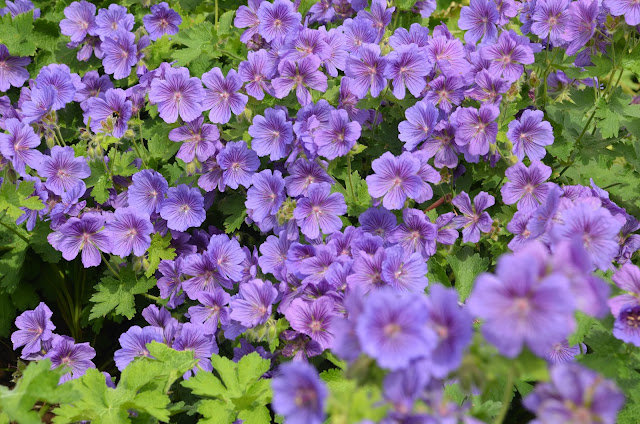 |
| How to grow hollyhocks from seed |
Hollyhocks are a mainstay of the traditional cottage garden. In fact, so close is the association to this particular garden style that they can be accused of 'by proxy' type casting.
 |
| Pink blushed hollyhock blooms |
Massive leaves, enormous height, and flowers as numerous and as colorful as anything that you will see in a tropical rainforest.
Therefore, gardeners need to see past their preconceptions and realize that this highly impressive yet inexpensive plant can be a star performer in any garden, so long as it is planted in the right place.
Growing Hollyhocks from seed
The easiest way to grow Hollyhocks from seed is to grow them outside in shallow drills 9 inches apart, in June or July.
Once they have germinated they can either be thinned out and left where they are or allowed to grow on until September or October where they can be lifted and planted into their final position at a distance of 24 inches apart.
If you want to get an early start then you can sow your hollyhock seed indoors as early as February.
 |
| Hollyhock seedling - Image credit mytinyplot.com |
Cover the seed with a very fine sprinkling of compost or vermiculite. Place in a propagator or seal container inside a polythene bag at a temperature of 15-20C (59-68F) until after germination which usually takes 14-21 days. Do not exclude light as this helps germination.
Alternatively, sow in late summer in a cool greenhouse and then overwinter plants in cool, well-lit conditions. Plant out the following spring. This method produces larger plants and is recommended if the soil is heavy or badly drained.
Transplant seedlings when large enough to handle into trays or 7.5cm (3in) pots. Gradually acclimate plants to cooler conditions for a few weeks before planting out after all risk of frost 45cm (18in) apart.
Hollyhock cultivation
 |
| Hollyhock border |
Most hollyhocks are technically biennials - producing leaves the first year and flowers the next. However they will often last longer than two years and so can be described as short lived perennials.
Hollyhocks love a deep, rich, loamy soil - but they will often thrive without it. Because of their height, plant hollyhocks in a sheltered position, but if this isn't possible then they will need to be staked for support. Water freely during dry weather and apply and annual mulch of well rotted manure in the autumn.
There is a long succession of flowers, and as the lower blooms fade they can be picked off so that the plant is not weakened by producing seed.
TOP TIP. When flowering is over for the season the plants may be cut down to about 15 - 20 centimeters high and the stump covered with wood or coal ashes - if available. This will help to keep the slugs and snails away, allow water to drain away from the soft stem, and keep your hollyhock plants going for several more years that you could otherwise expect.
For related articles click onto:
Agave
Dracunculus vulgaris - The Dragonlily
HOW TO GROW THE FRANGIPANI TREE- Plumeria rubra var. acutifolia
HOW TO GROW HOLLY FROM SEED
HOW TO GROW LUPINS FROM SEED
HOW TO GROW THE RED HOT POKER
HOW TO GROW RED HOT POKER FROM SEED
HOW TO GROW RUDBECKIA FROM SEED
How to Grow the Sago Palm from Seed
HOW TO SOW AND GROW HOLLYHOCKS
The Eyeball Plant
The Monkey Puzzle Tree - Araucaria araucana
Trachelospermum jasminoides
What has the Christmas cactus got to do with Christmas?









